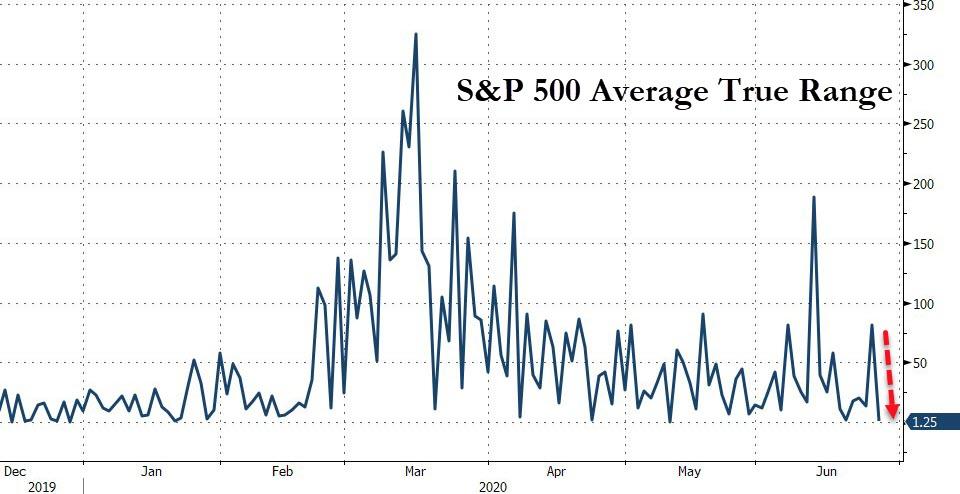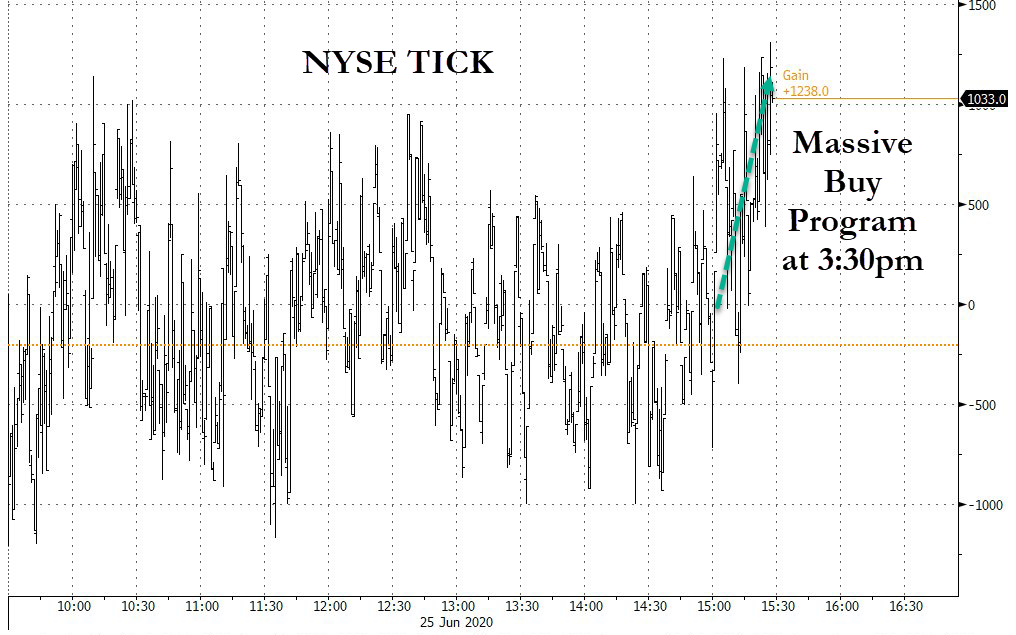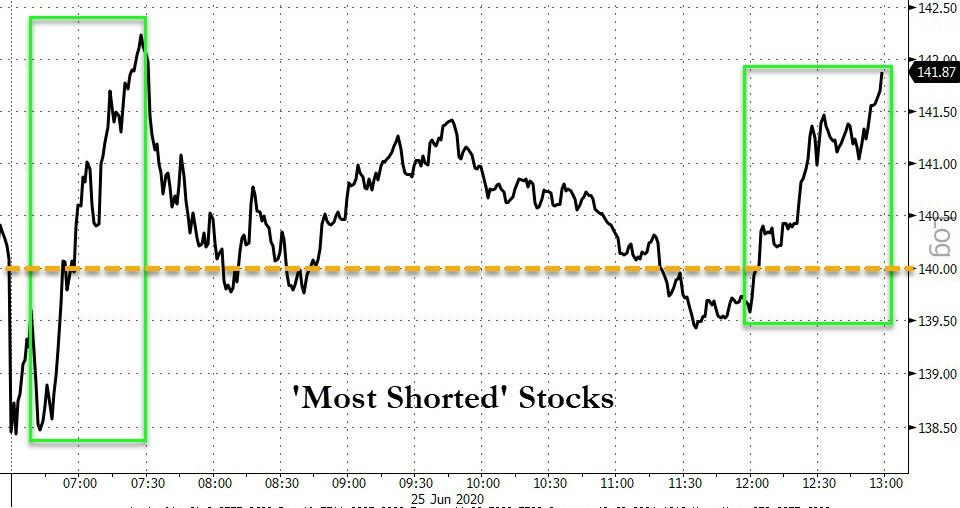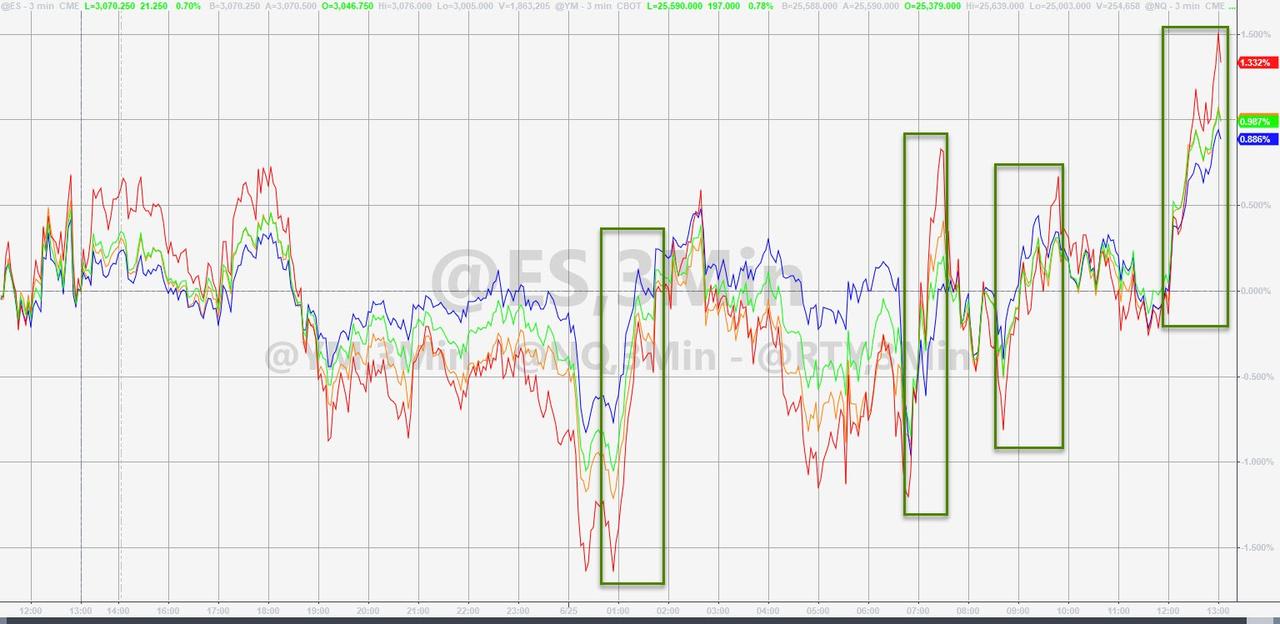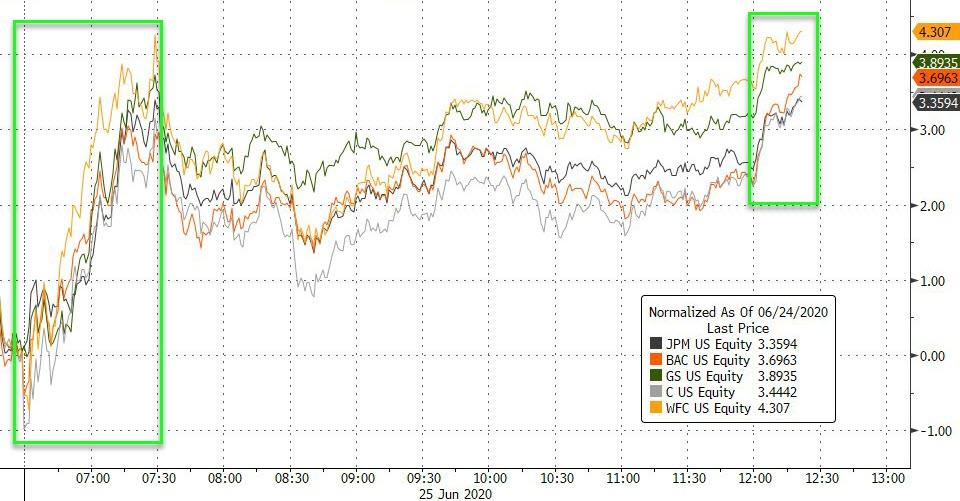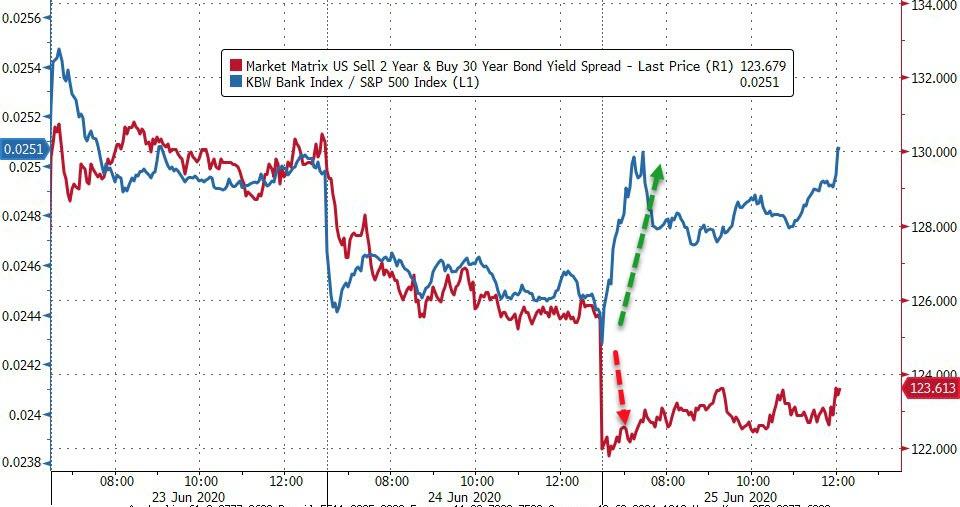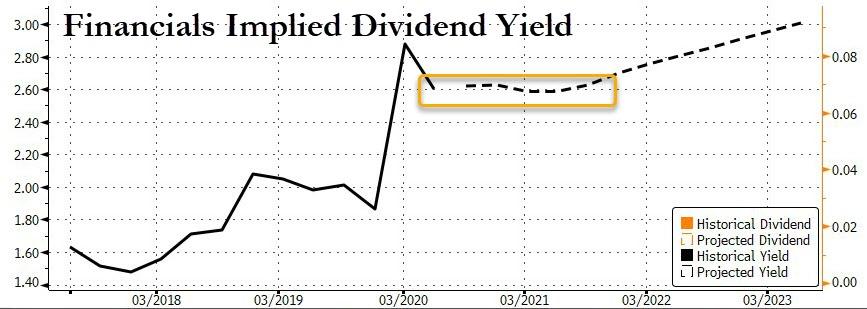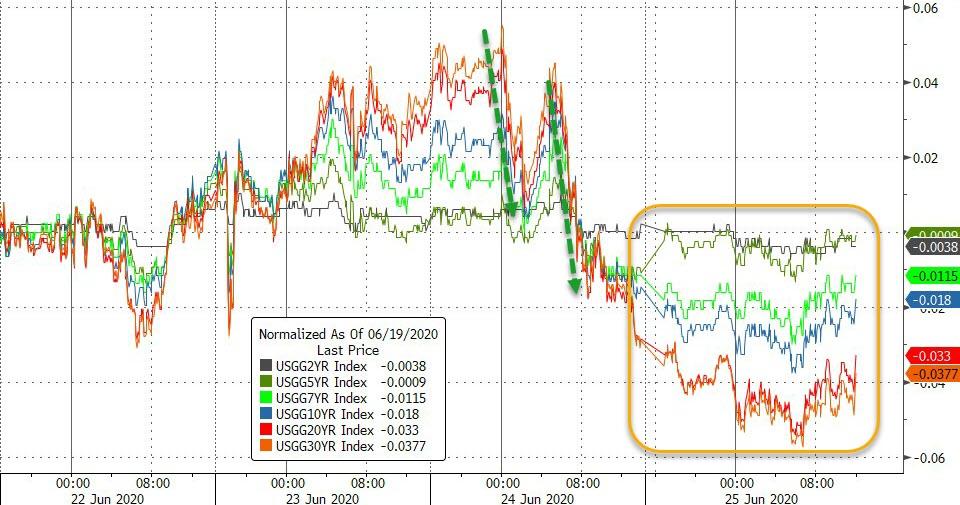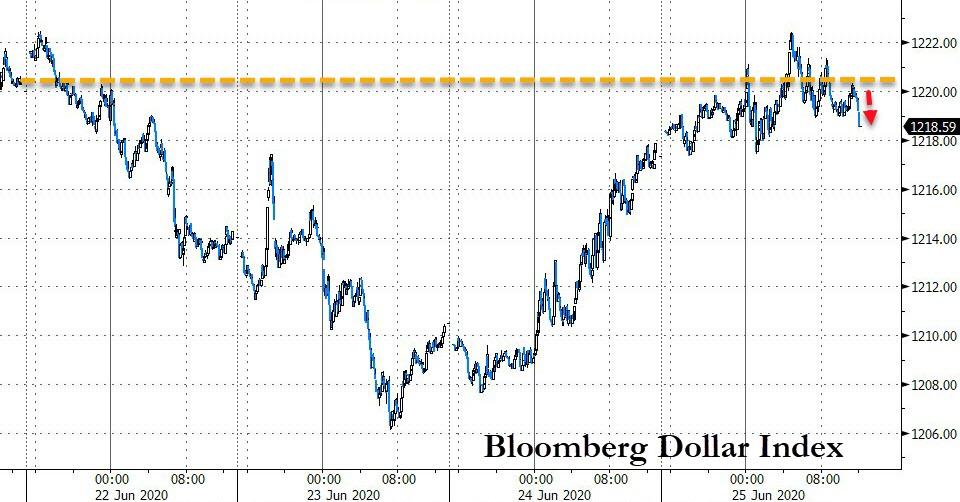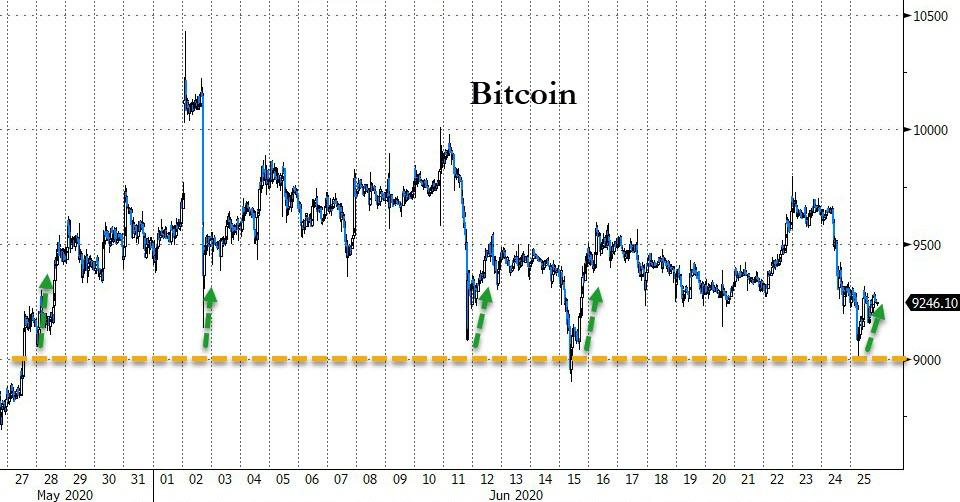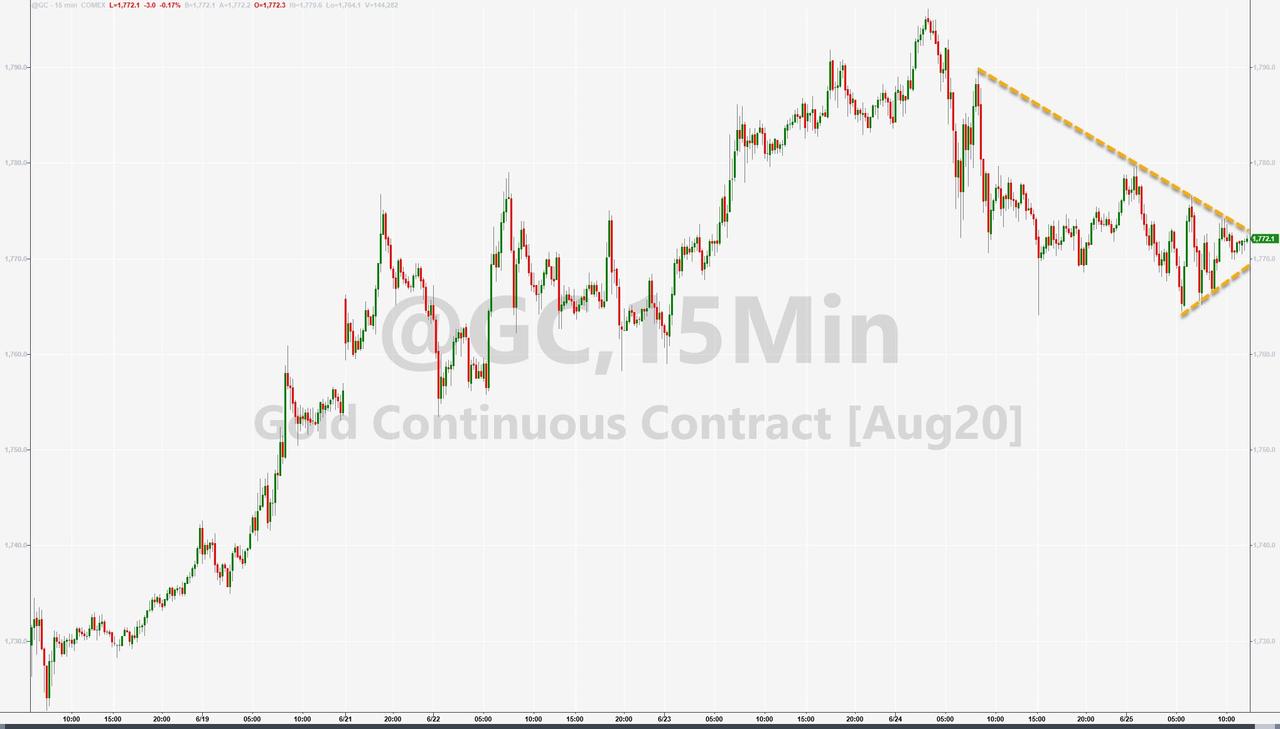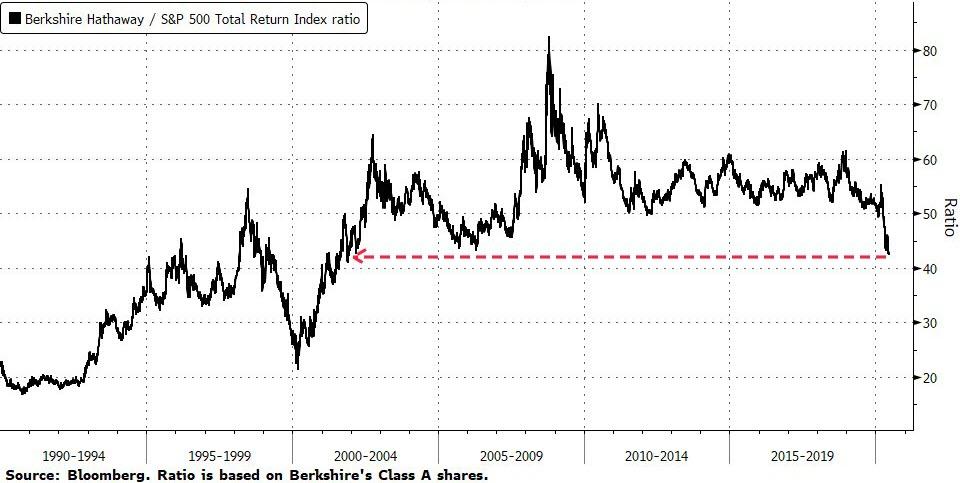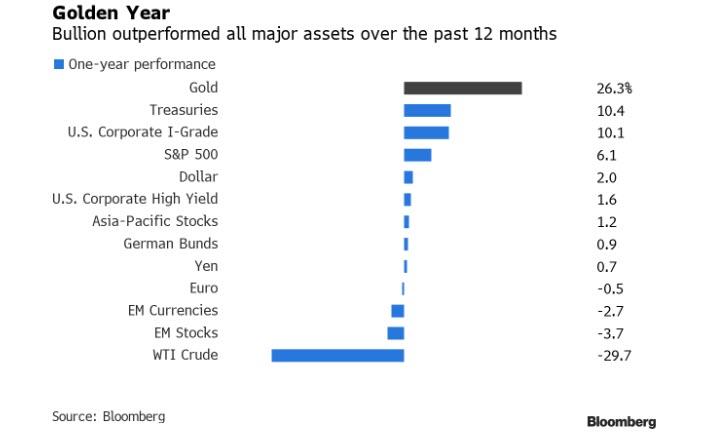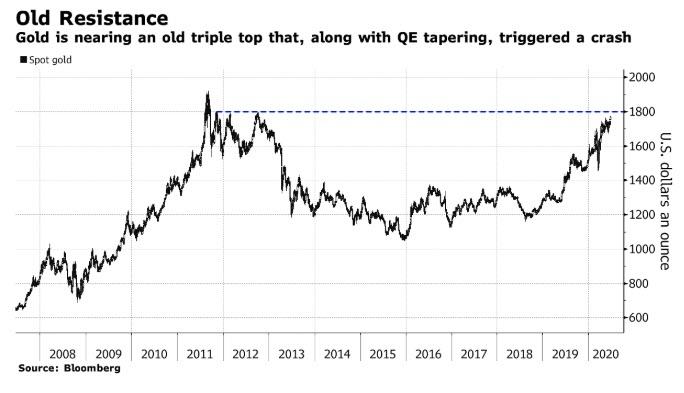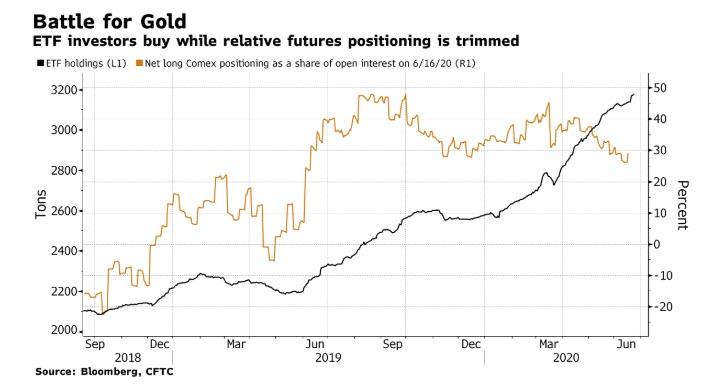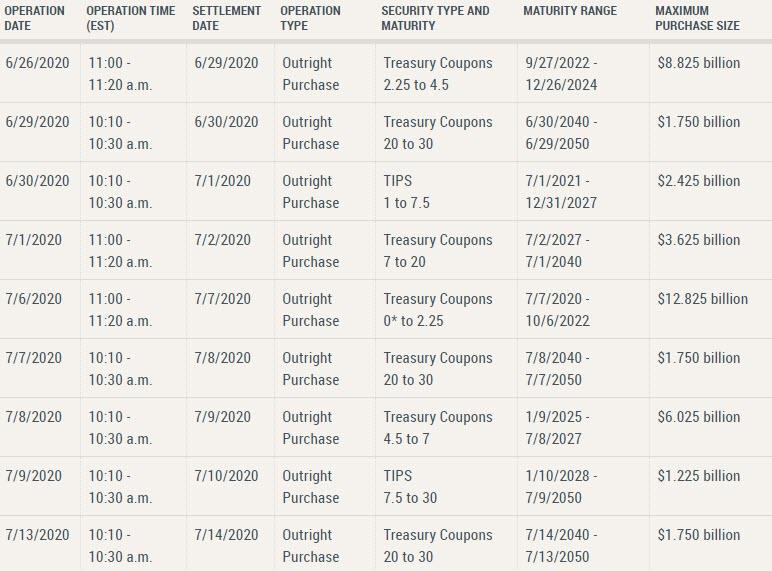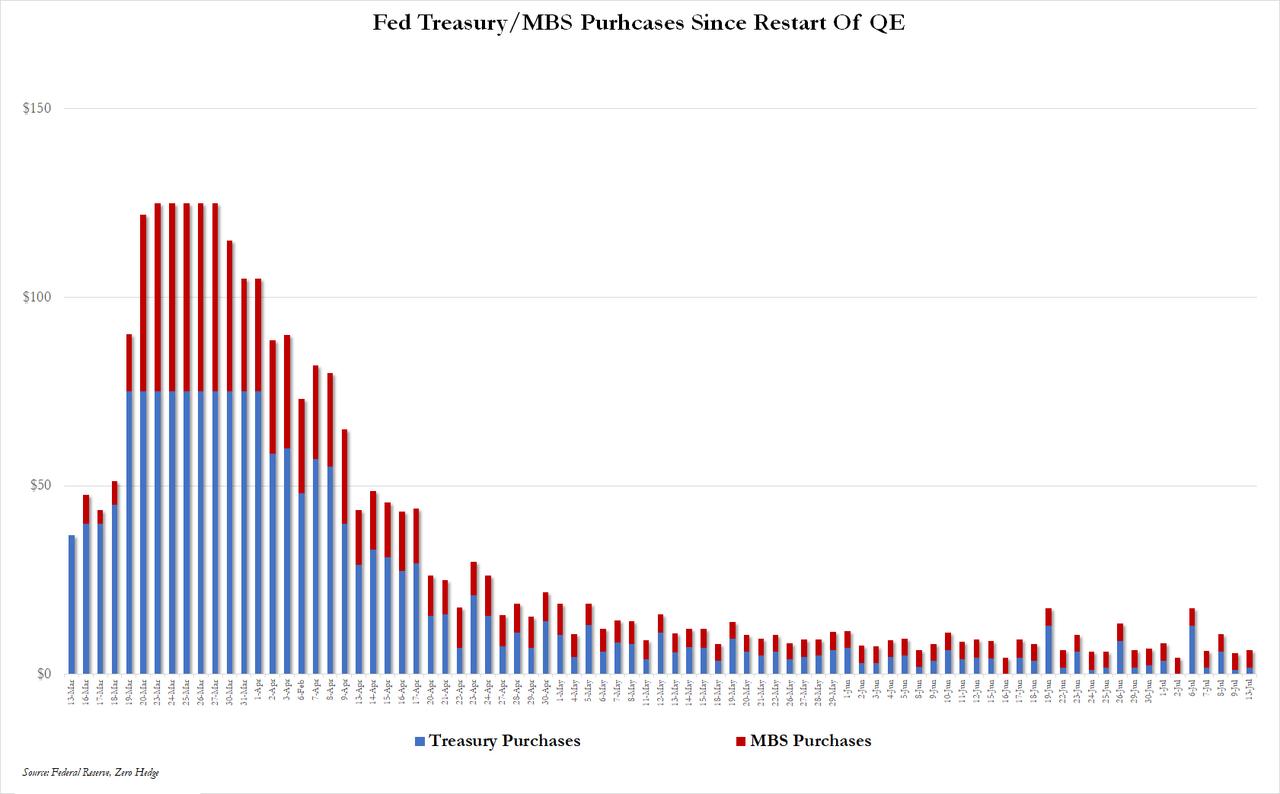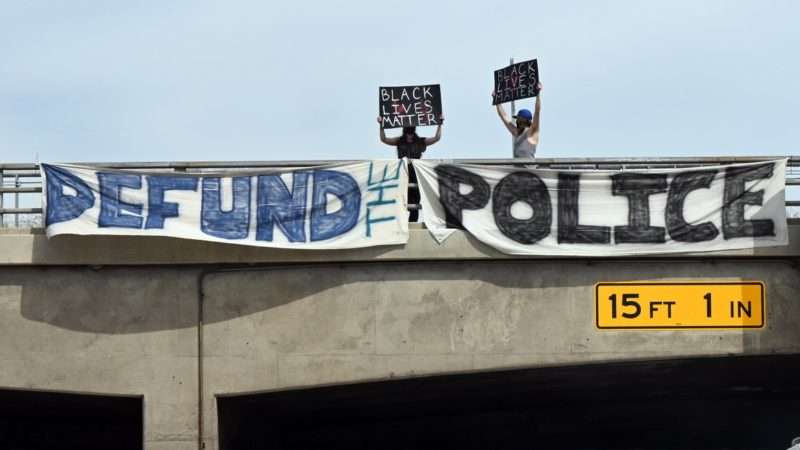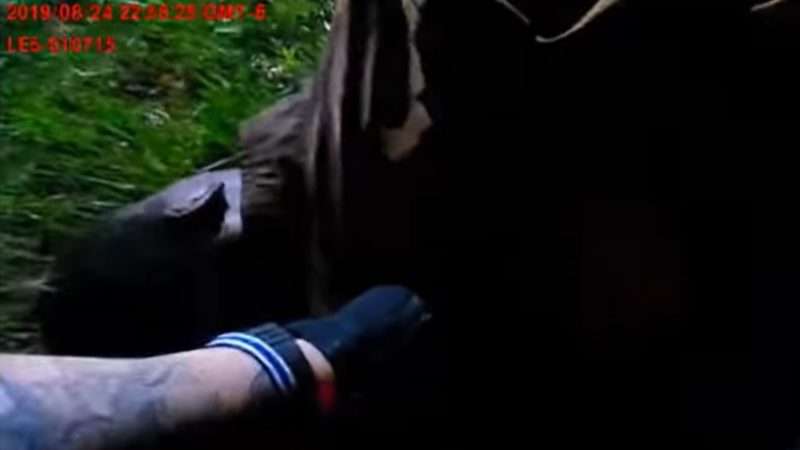School boards across the U.S. are considering proposals to get rid of school resource officers (SROs), police officers assigned to patrol public schools.
San Francisco became the largest school district so far to move toward defunding its SRO program yesterday, as the San Francisco Unified School District Board of Education unanimously approved a resolution to end its memorandum of understanding with the San Francisco Police Department. Across the bay, the Oakland school board also voted unanimously yesterday to eliminate the district’s police department and shift its $2.5 million budget to student support services. Minneapolis, Portland, Denver, Seattle, and Charlottesville have also ended or suspended relationships with local police departments in recent weeks.
But similar proposals in other major cities have stalled under concerns that quickly disbanding SRO programs will leave schools defenseless against security threats. The Chicago Board of Education rejected a proposal yesterday to end its $33 million contract with the Chicago Police Department (CPD).
Chicago Mayor Lori Lightfoot opposed the proposal. “We all want change,” Lightfoot said prior to the vote. “But we want to do the right things. We don’t want to just do cosmetic changes or quick changes that end up creating more problems and make our communities and schools less safe.”
And in an 11-hour marathon session Tuesday, the Los Angeles Unified School District Board of Education, which oversees the second largest school district in the country, rejected three different proposals regarding school police, including one that would have gradually slashed its SRO budget by 90 percent.
Civil liberties groups and activists have been pressing to reduce the presence of police in schools for years, but with little success prior to the last month’s mass protests against abusive policing. They argue that the dramatic increase over the past few decades in SROs and in zero-tolerance policies, spurred by fears of mass shootings and drug crime, fuels the “school-to-prison pipeline” and leads to disproportionate enforcement against minority students for minor disturbances.
Reason recently reported on the expanded use of school resource officers in Florida following the mass shooting at Marjory Stoneman Douglas High School in 2018—and a troubling number of arrests and uses of force against children with autism.
The Oakland school board resolution noted that black students make up 26 percent of the district’s student population, yet account for 73 percent of student arrests. Likewise, the Chicago school board motion cited a study finding that black students made up 36 percent of all Chicago students but 66 percent of police notifications from 2011 through 2018, and that black girls experienced school-based policing at seven times the rate of white girls. In Seattle’s public schools, black students make up 14 percent of enrollment but half of referrals to police.
The National Association of School Resource Officers (NASRO) argues that carefully selected, well-trained officers actually act as a filter and decrease arrests by building strong relationships within the school with staff and students.
“One thing that is so critical is that SROs have to be very carefully selected,” says NASRO executive director Mo Canady told Reason earlier this month. “This is the most high-profile position in law enforcement, and it has to be filled with people who have a sincere desire to work with students. Then the officer has to be specifically trained how to work with students and how to work in that school environment.”
But like policing at large, the proliferation of cell phone videos, policy body cameras, and social media has led to numerous viral incidents involving school resource officers. An Orlando SRO made national headlines last September when he arrested a six-year-old girl.
In February, a school resource officer at a high school in Camden, Arkansas, was relieved of duty after video showed him putting a student in a chokehold and lifting the student off the ground. Last December, a North Carolina SRO was fired after he brutally body-slammed a middle-schooler. In November, a Broward County sheriff’s deputy in Florida was arrested and charged with child abuse after a video showed him body-slamming a 15-year-old girl at a special needs school.
Activists who supported the Chicago Board of Education proposal to end the school district’s contract with CPD cited a 2019 incident in which video showed CPD officers kicking, punching and tasing a 16-year-old girl.
The Justice Department’s 2017 report on unconstitutional policing in Chicago found that CPD officers used non-lethal force with abandon, including tasing children for non-criminal conduct or minor violations:
In one incident, officers hit a 16-year-old girl with a baton and then Tasered her after she was asked to leave the school for having a cell phone in violation of school rules. Officers were called in to arrest her for trespassing. Officers claimed the force was justified because she flailed her arms when they tried to arrest her, with no adequate explanation for how such flailing met the criteria for use of a Taser. This was not an isolated incident. We also reviewed incidents in which officers unnecessarily drive-stunned students to break up fights, including one use of a Taser in drive-stun mode against a 14-year-old girl. There was no indication in these files that these students’ conduct warranted use of the Taser instead of a less serious application of force.
Despite these long-simmering complaints, the speed at which school officials have moved to end SRO programs in the past few weeks has stunned both local police departments and NASRO.
“Before I was executive director for NASRO, I was a professional police officer for 25 years in a great community,” Canady said. “Loved what I got to do, loved serving the community, and for half of that time, my son was a supervisor of our school resource officers program. Just the opportunity to do what we did and connect with kids and communities, and the opportunity to make a difference in their lives—I have the feeling today that the work I did, and we did together, wasn’t enough. Sad is the best way I know to describe it.”
Critics feel differently. “We see that more SROs in schools correlates directly with the enrollment of black and brown students, not violence,” Luz Maria Henriquez of the American Civil Liberties Union of Missouri told the St. Louis station KMOV. The result, she says, is “distrust and anxiety”—and sometimes worse.

from Latest – Reason.com https://ift.tt/2YvmhLw
via IFTTT
